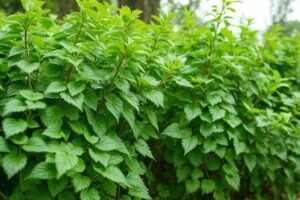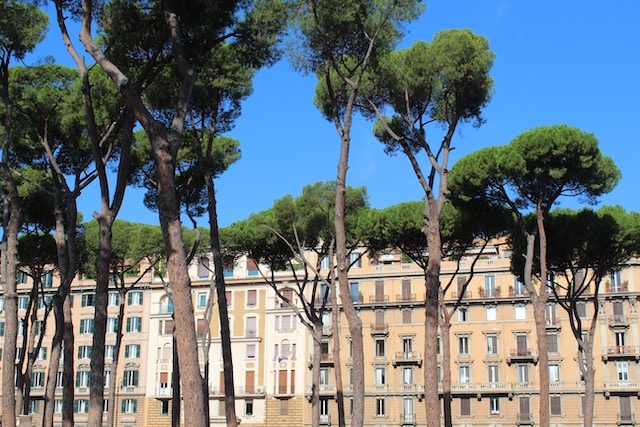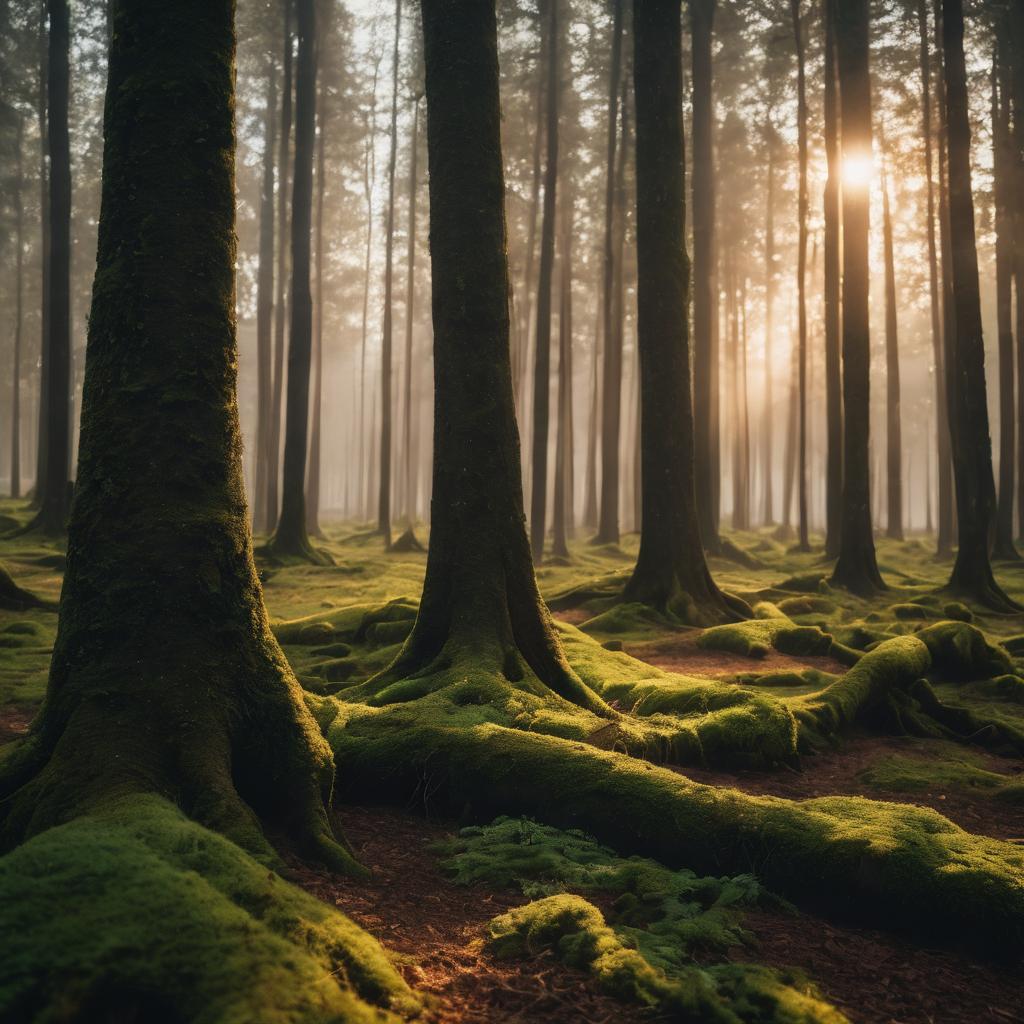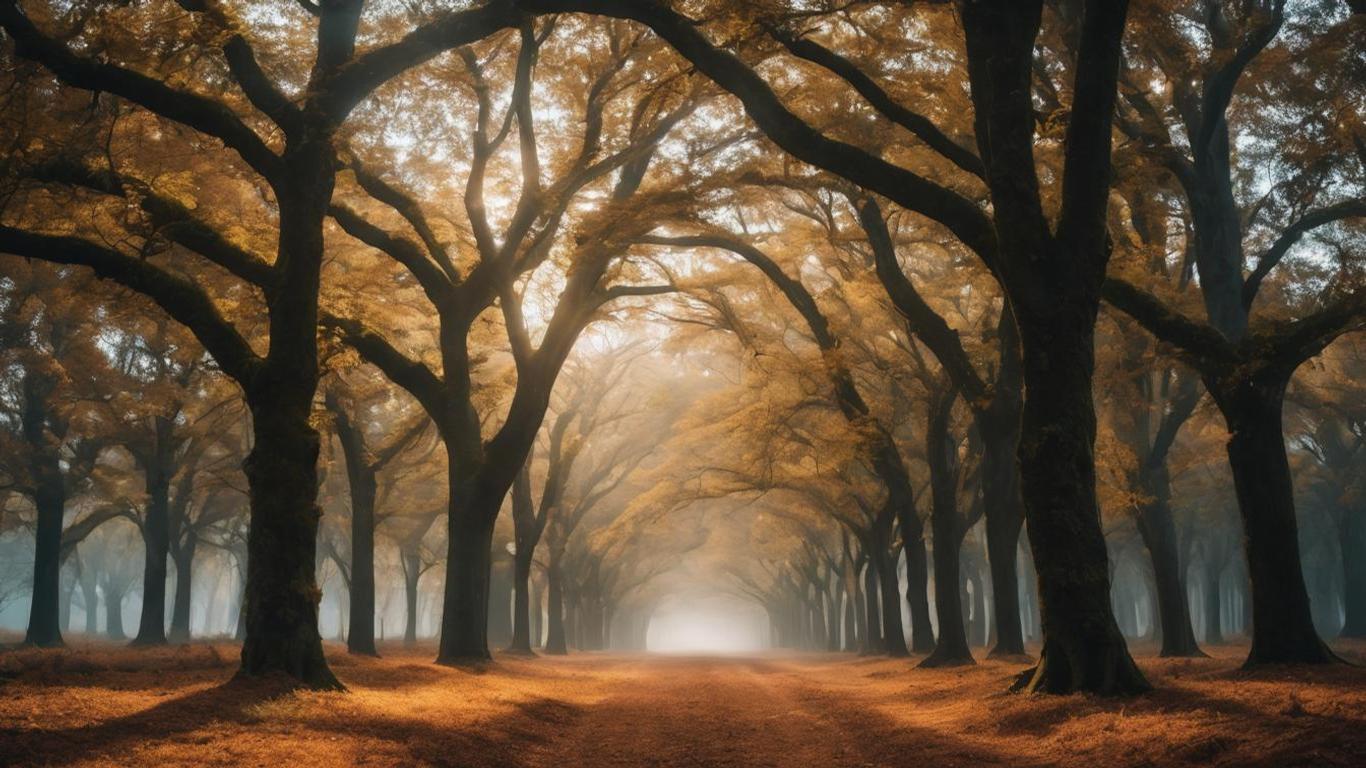Introduction
Stone pine trees are some of the most beautiful evergreens you can grow. They’re also known as Italian stone pines, although they are actually from Spain and Italy. These trees have a compact shape with dense foliage that grows up to 30 feet tall and wide. They grow best in U.S. Department of Agriculture plant hardiness zones 6 through 9, but can also be grown in other climates with some effort:
Location and Climate
The stone pine prefers dry, warm climates. It can tolerate light frosts, but it does not like wet feet or salty soil. This tree grows best in Mediterranean climates and will thrive on coastal areas with sandy soil and dry summers.
Soil and Fertilizer
The best soil for your stone pine is well-drained and sandy, but not too dry. If you’re growing your tree in a container, make sure the pot has drainage holes so that excess water can drain out of the bottom.
Stone pines need to be fertilized regularly with a slow-release fertilizer such as 20-10-10 or 12-6-6 (12% nitrogen, 6% phosphorus and 6% potassium). A balanced fertilizer is best for most trees; however, if you know what kind of fertilizer is needed for your particular type of tree you may use that instead. It’s important not to overfeed with too much nitrogen because this can damage or kill the roots under high temperatures during summer months when growth occurs rapidly–especially when using chemical fertilizers which contain higher levels than natural sources like manure or composted yard waste.*
Watering and Mulching
When it comes to watering, the best thing you can do is to water your stone pine tree as needed. This means that if you water too much, you risk creating root rot; if you don’t water enough, the tree will die. In general though (and this is true for most plants), a good rule of thumb is to make sure that the soil around your stone pine tree remains moist but not soggy–you don’t want any standing water in its pot or on top of its root ball!
If this sounds like a lot more work than simply filling up a watering can and pouring it over each week… well then yes! It definitely takes some extra effort on your part if you want an indoor potted stone pine tree that lives long enough to be considered mature (and beautiful). But luckily there are ways around this problem: one option would be using mulch around its base instead of just letting bare dirt show through around them all day long; another option would be buying some sort of automatic drip system so even though someone might not have time during their busy day job schedule
Pruning and Training the Tree
Pruning is a necessary part of stone pine tree care. Prune in the fall, when the leaves have fallen and before new growth begins. This will help prevent sunscald to your stone pine’s trunk.
To prune for shape: remove branches that are rubbing against one another or growing at odd angles to create an unbalanced look to your tree’s canopy. You can also trim back any branches that are growing directly toward the center of the trunk–this creates more sunlight on your stone pine’s lower branches and helps prevent them from being shaded out by their neighbors’ trunks as they grow taller over time.
To prune for health: remove dead or diseased wood as soon as possible to avoid further damage; make sure not to leave any stubs behind because they can be sources of disease spores if left untreated!
Stone pines are beautiful evergreen trees that need attention for best results.
Stone pines are coniferous trees that are native to the Mediterranean region. They are hardy in USDA zones 7-10, and they can grow up to 30 feet tall with a very symmetrical shape. The trunk and branches of stone pines tend to be thick, which makes them ideal for wind protection or as privacy screens.
Stone pines have dark green needles that are slightly longer than those of other pine species (about 1 1/2 inches). Their cones will appear after several years, but they’ll remain closed until winter comes around again–and even then it might take another year before they open up!
Conclusion
In conclusion, stone pine trees are a beautiful and unique addition to any yard. They require some care and attention, but with the right steps, you can grow a healthy tree that will last for many years.












